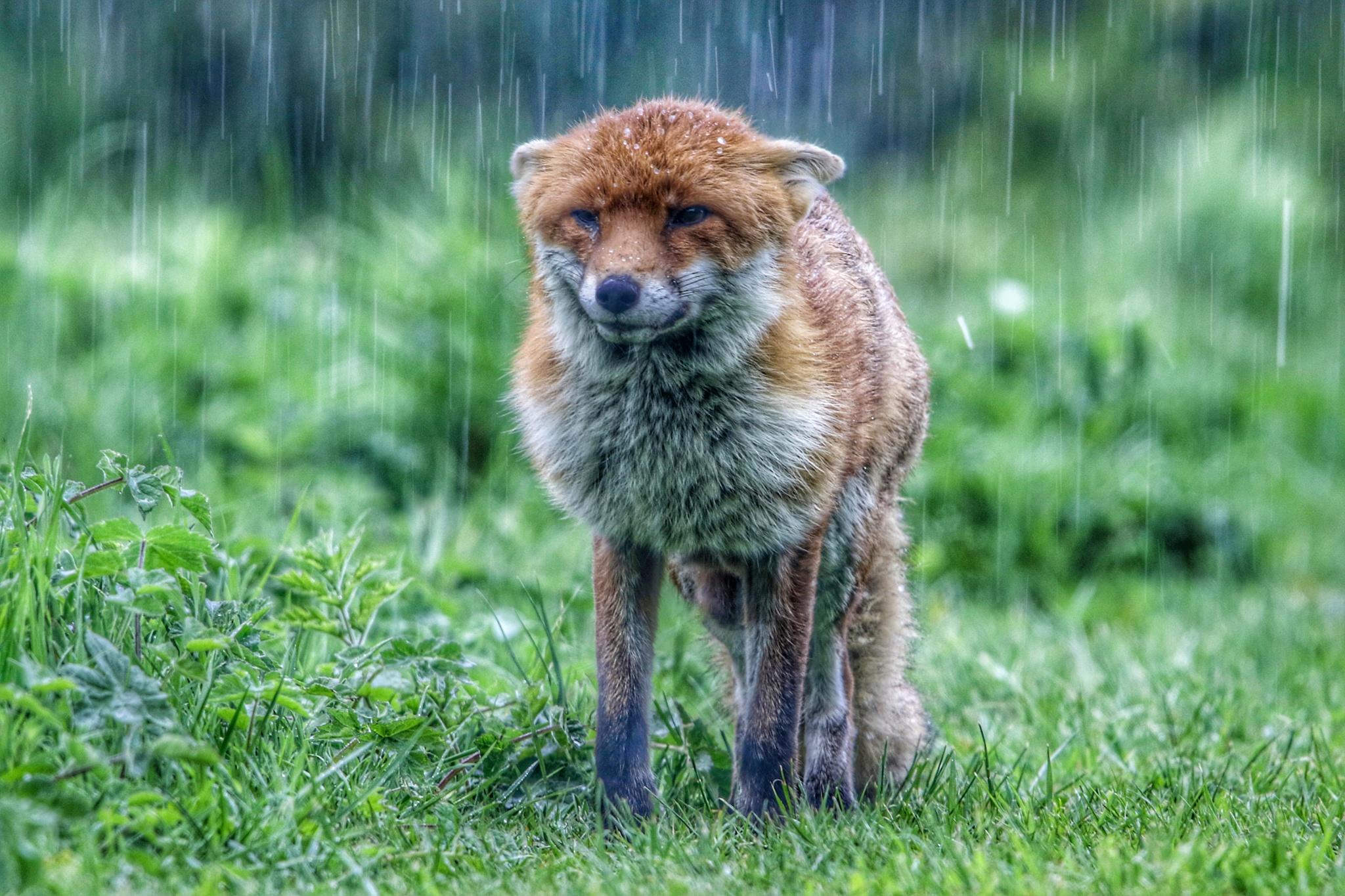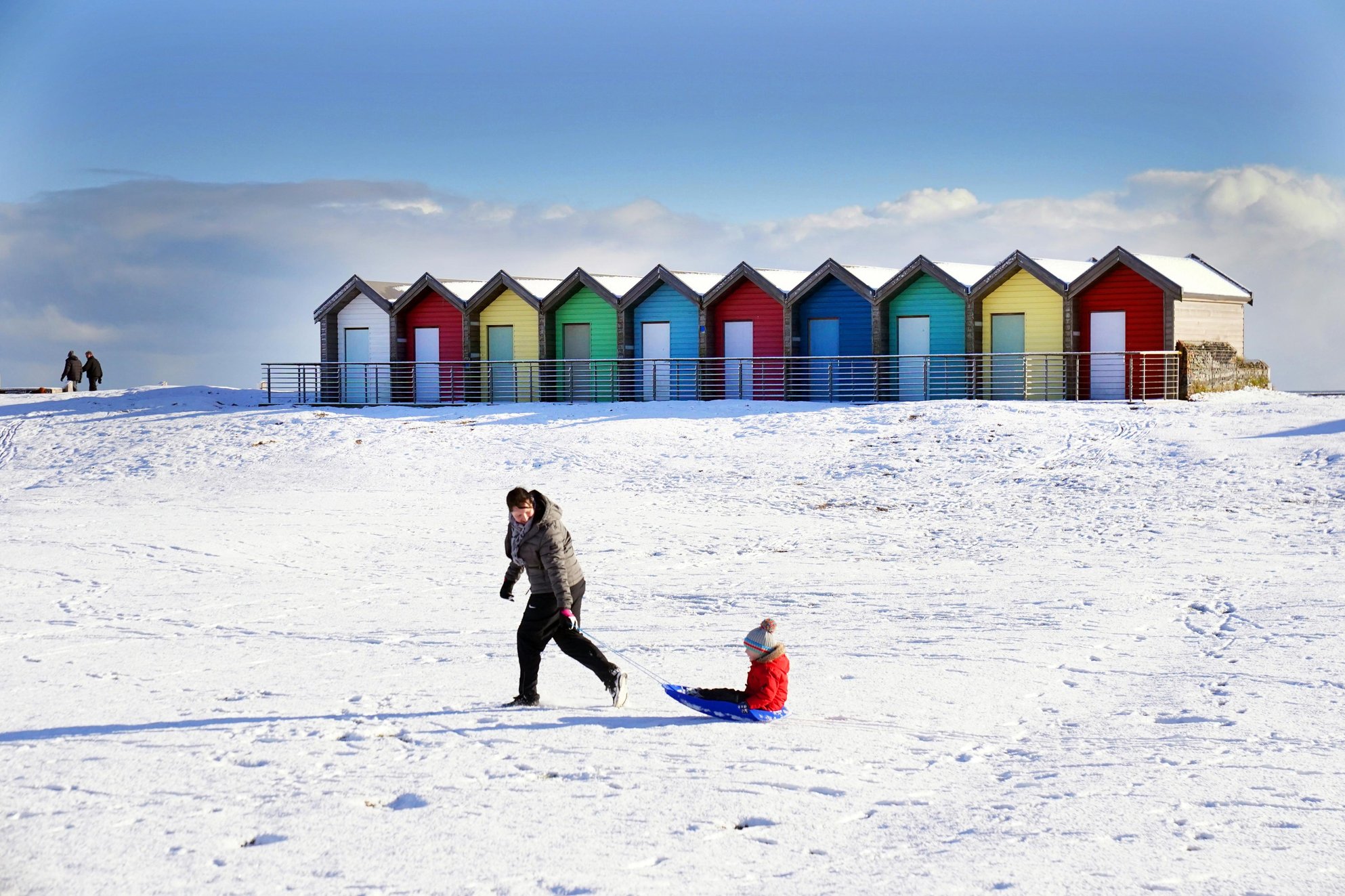

How does climate change affect our winters?
© Owen Humphreys - Snow Covered Beach Huts
by Kirsty McCabe, FRMetS
Frost, ice and snow make for the most magical weather photographs, such as Owen's wintry seaside snap of beach huts above, but will winter wonderlands become a thing of the past in our warming world?
In recent years, the UK has experienced a run of mild, wet winters, with a marked increase in winter rainfall. Winters have warmed by 0.4°C, which may not sound like much, but it could make all the difference between rain or snow. Indeed the snow patches once thought of as permanent in the Scottish mountains now vanish with regularity.
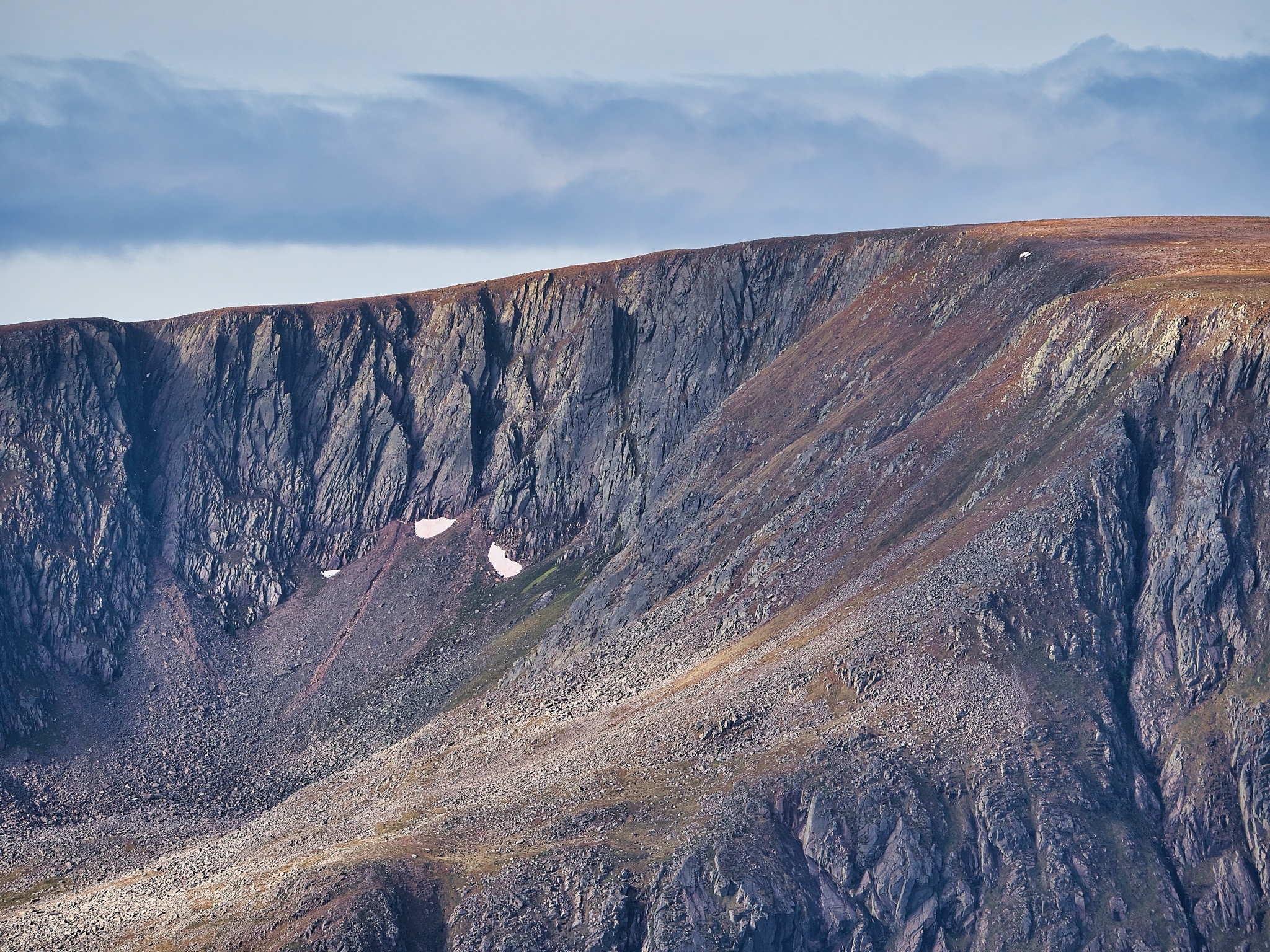
© Iain Cameron
A look at the UK State of the Climate Report 2022 reveals that the numbers of air and ground frosts were below average last year, even with a cold spell in December 2022.
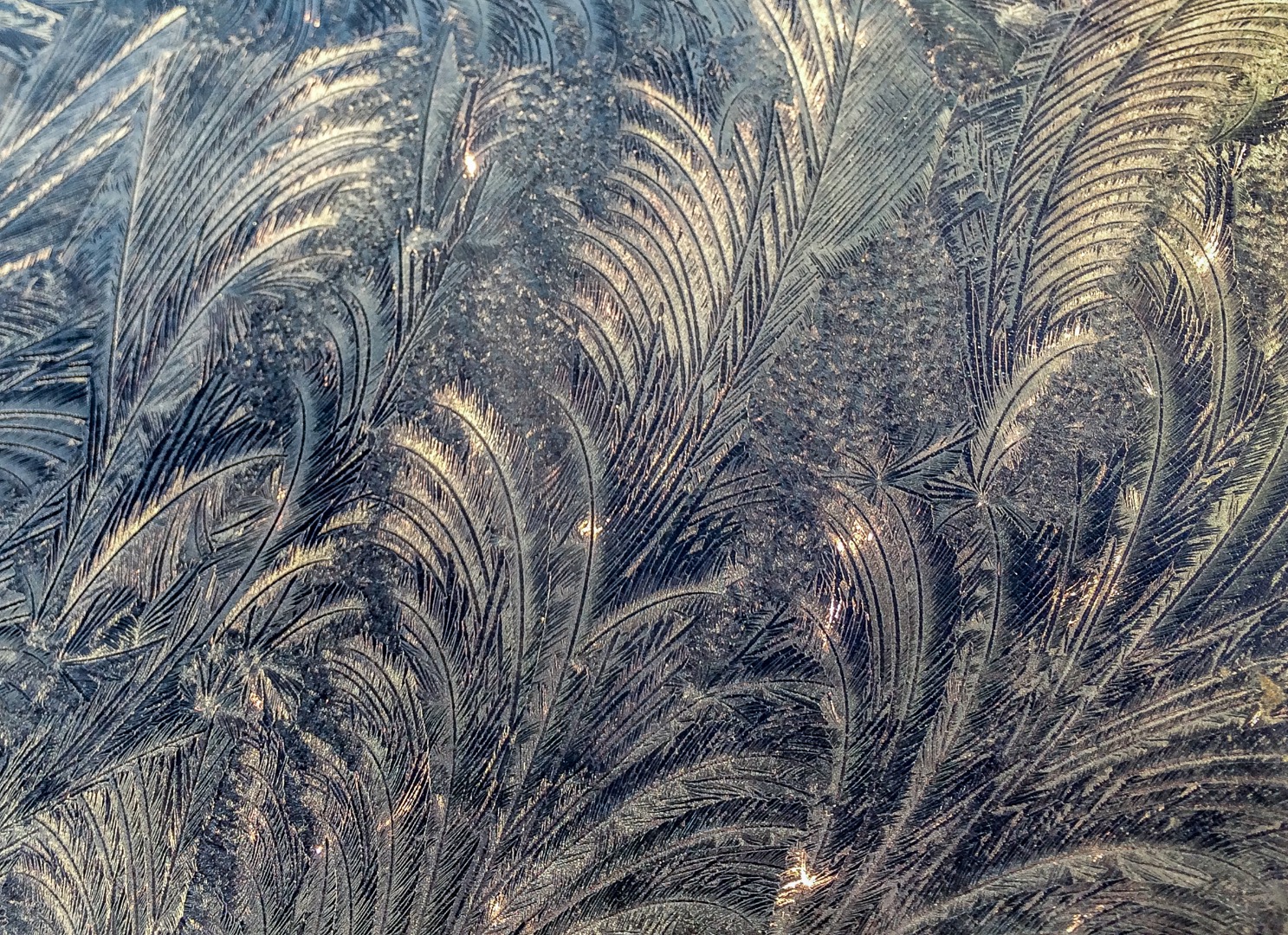
Air frosts occur when the air temperature falls below the freezing point of water, but the temperature of the air can be different to that of the ground. That leads us onto ground frosts, when ice forms on the ground, objects or trees, whose surface has a temperature below the freezing point of water.
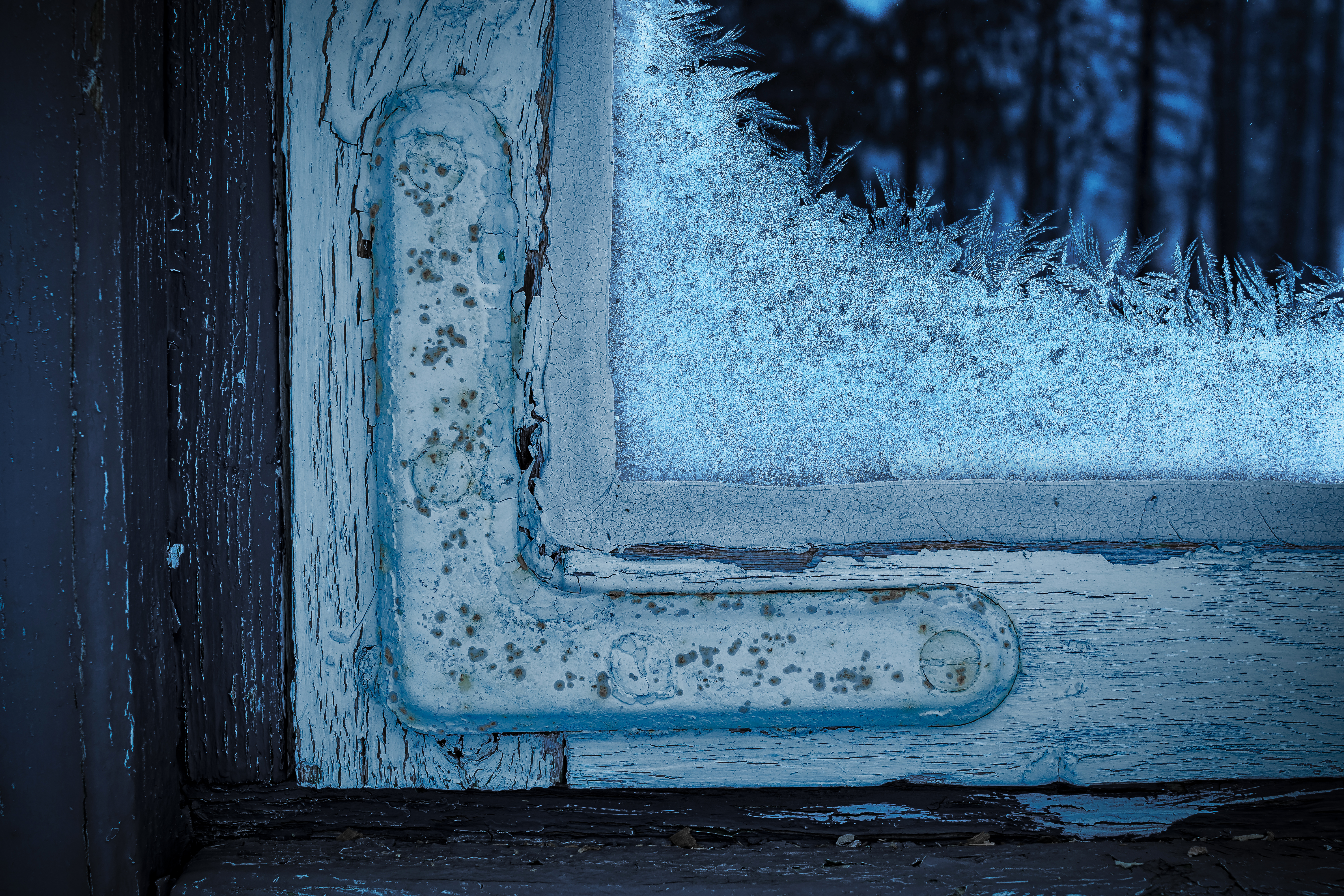
The ground can cool more rapidly than the air above, so sometimes you can get a ground frost without an air frost. Unofficially it’s called a grass frost, when only the grassy surfaces drop below freezing but other surfaces such as roads remain above.
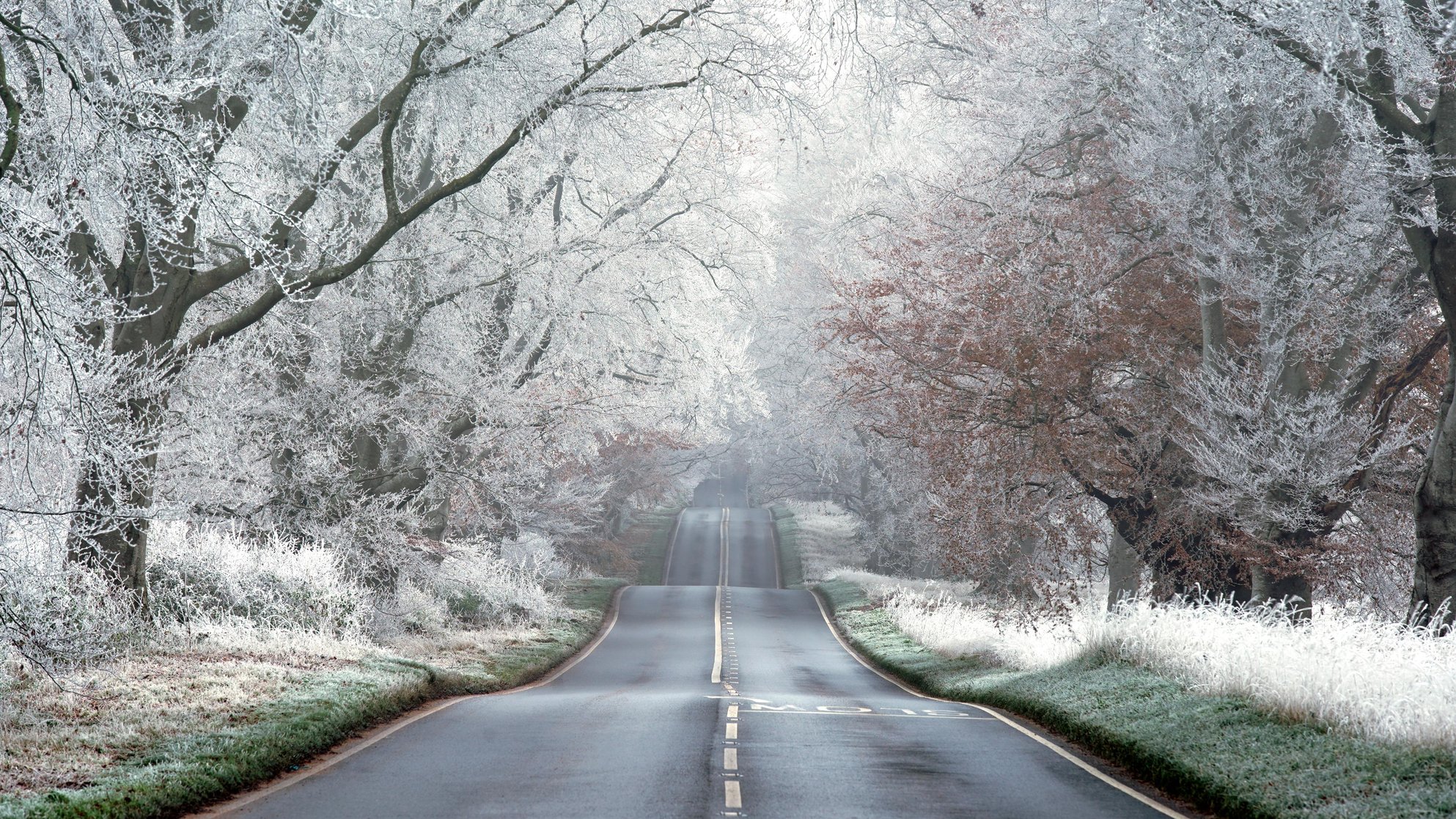
One of the most photogenic types of frost is the hoar frost. These tiny ice crystals are formed in a similar way to dew deposition. As the surface temperature is below freezing, instead of drops of water a beautiful coating of ice crystals is left behind. One of the best places to find hoar frost is on exposed plants near unfrozen lakes and streams. The white ice crystals can also be deposited on the ground or found on other objects such as wires, leaves and even spiderwebs.
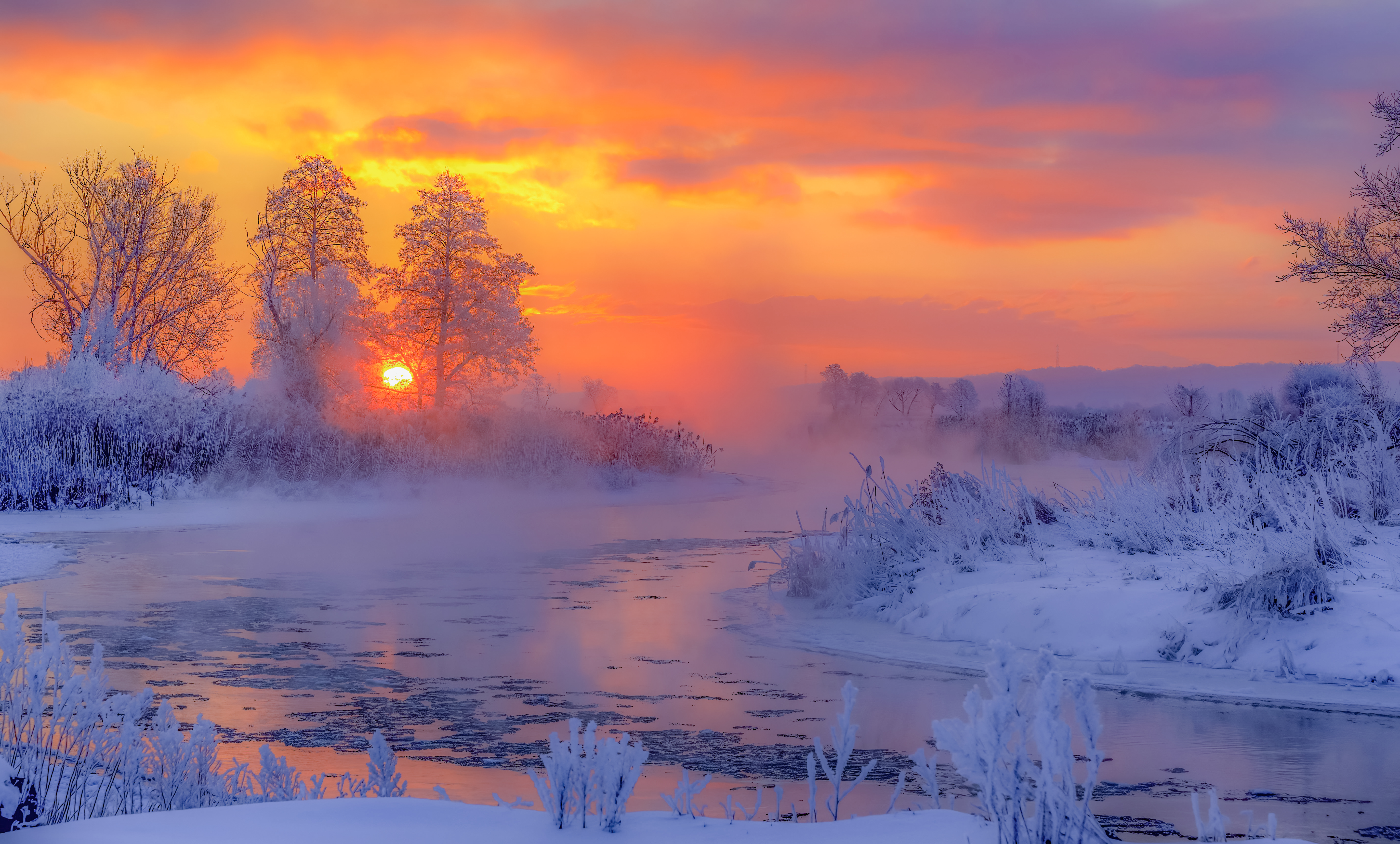
While frost is a cover of tiny ice crystals on freezing-cold objects exposed to the air, ice is water in its solid (or frozen) form.
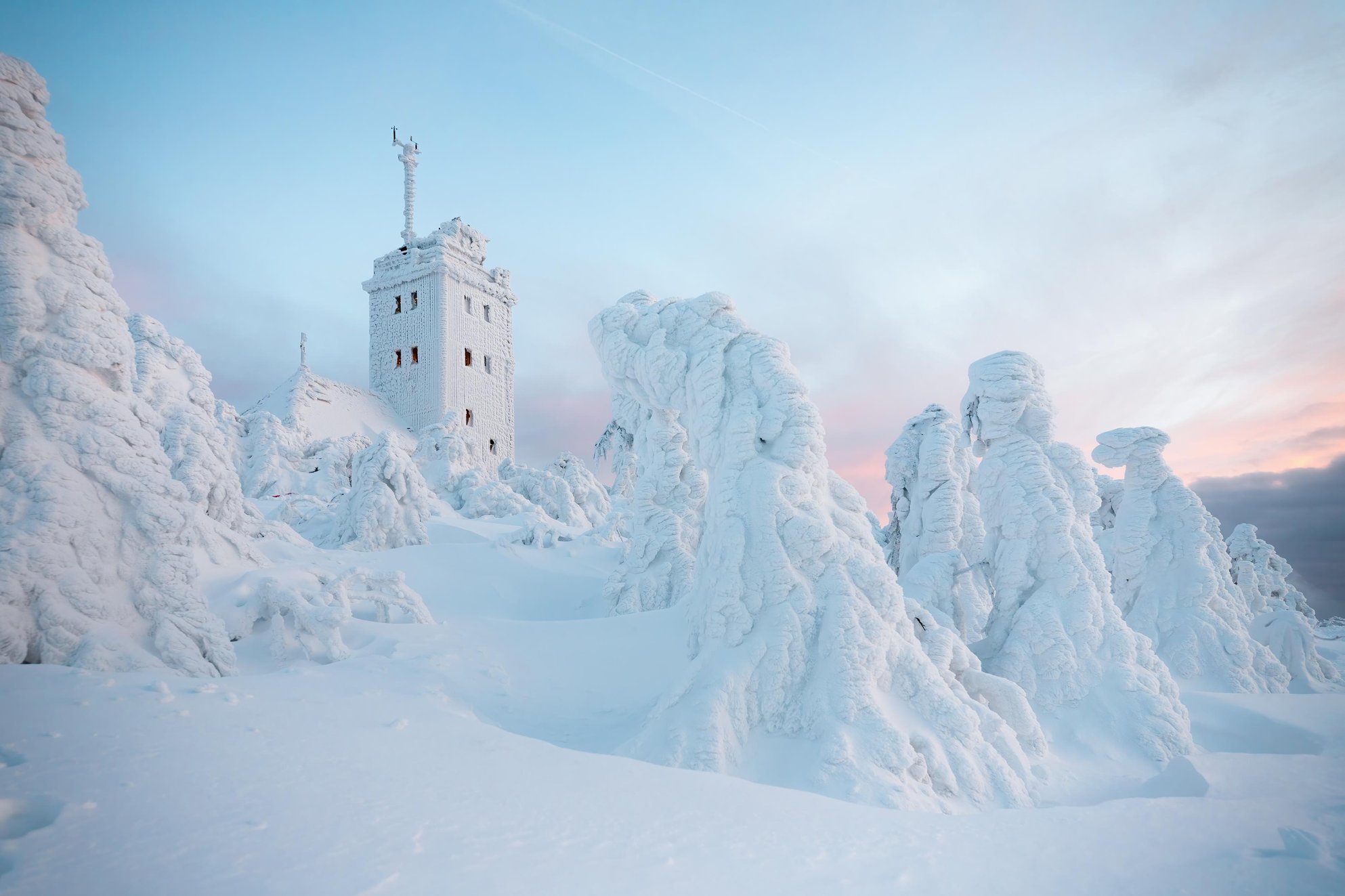
Rime is a rough white ice deposit that forms on vertical surfaces in freezing fog. It forms when supercooled water droplets in the fog freeze on contact with a surface exposed to the wind.
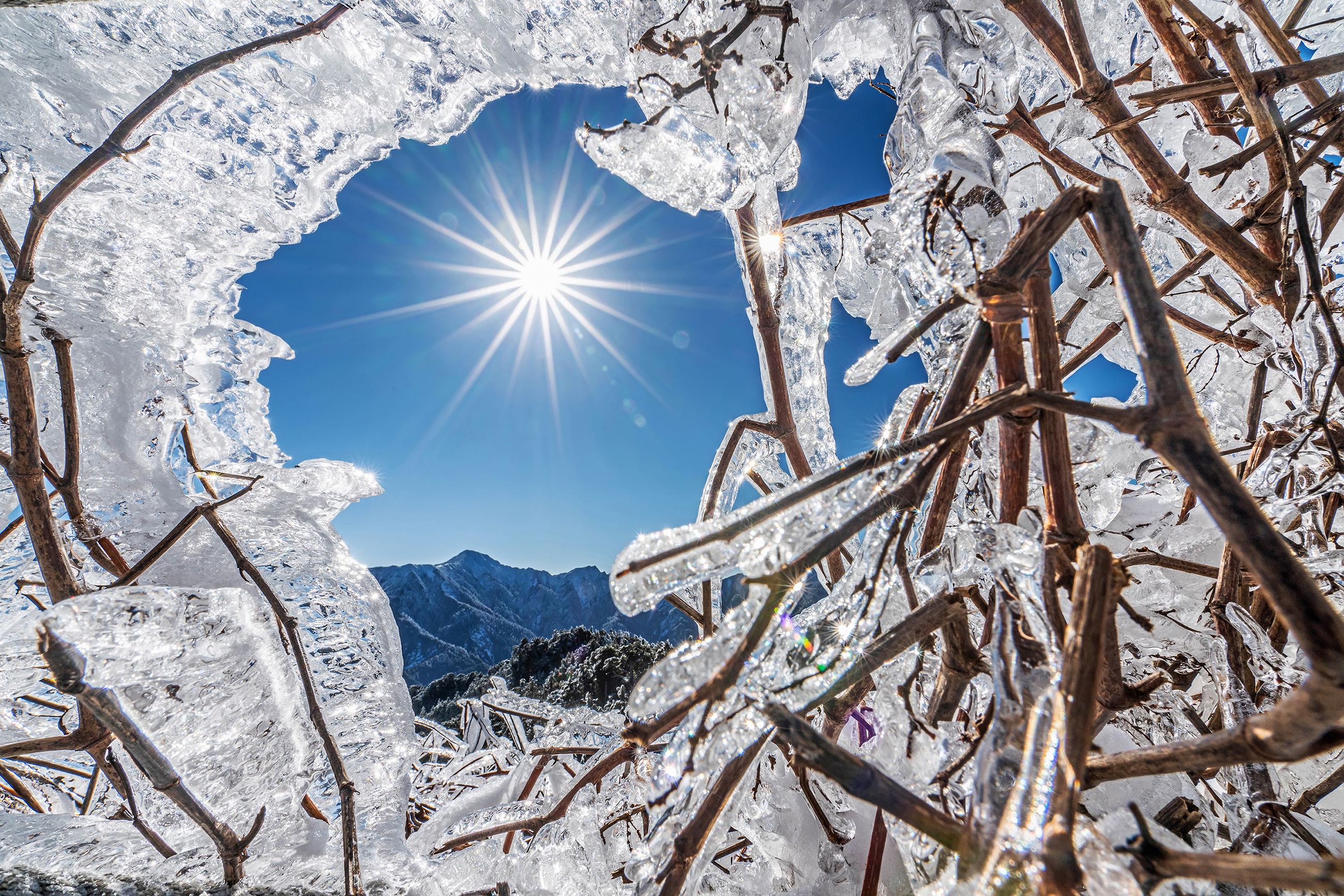
Rime’s scary cousin is glaze. This smooth, clear ice forms when supercooled drizzle or rain hits the ground and freezes on impact, also known as freezing rain. If the ground is well below freezing even non-supercooled liquid can produce glaze. It can be mistaken for a wet surface or even appear almost invisible to drivers: the notorious “black ice” that forms on roads. The extra weight of glaze can also bring down tree branches or power lines.
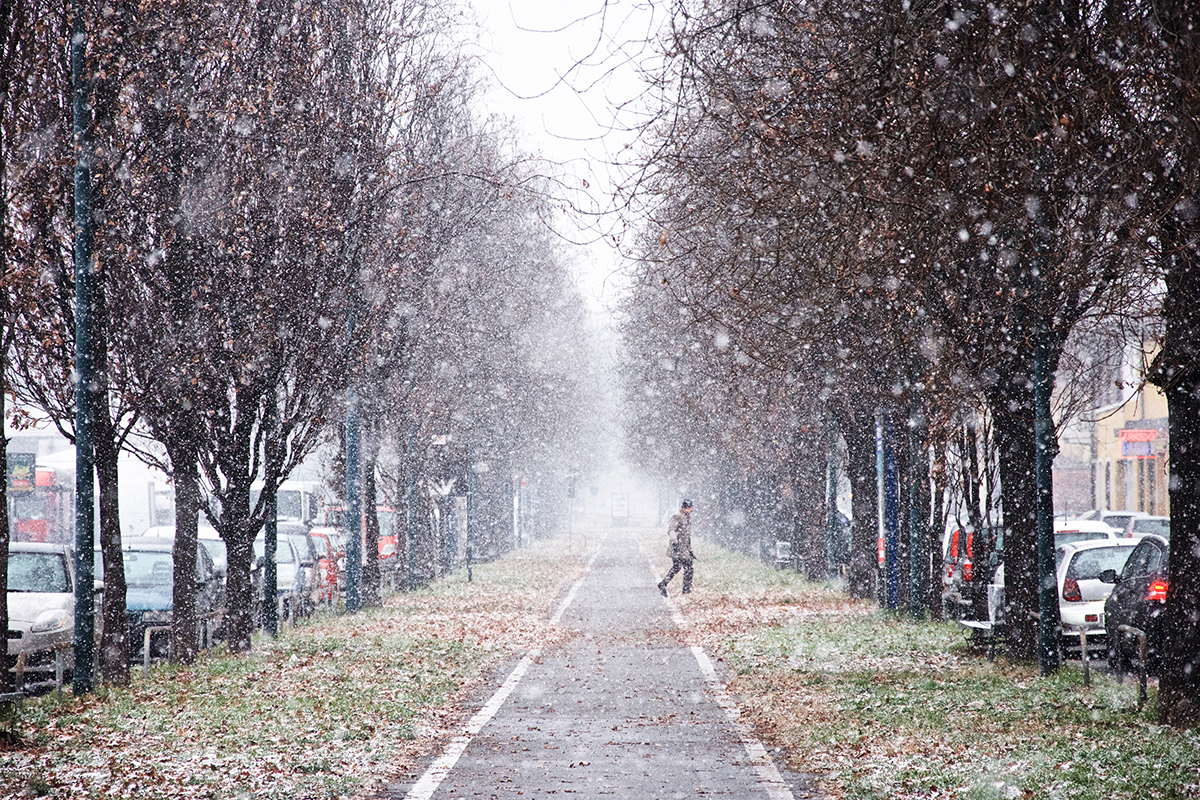
That leads us onto snow, which is formed by tiny ice crystals that stick together to form a snowflake. To reach the ground as snow, the snowflakes must remain frozen all the way from the cloud to the ground. Surprisingly the air temperature doesn't need to be below zero for snow to fall, below 2°C is cold enough. In fact, the heaviest snowfalls tend to occur between 0 and 2°C. The slightly warmer air causes the snowflakes to melt around the edges and stick together to become big, heavy flakes. This 'wet' snow is great for making snowmen (and snow ladies).
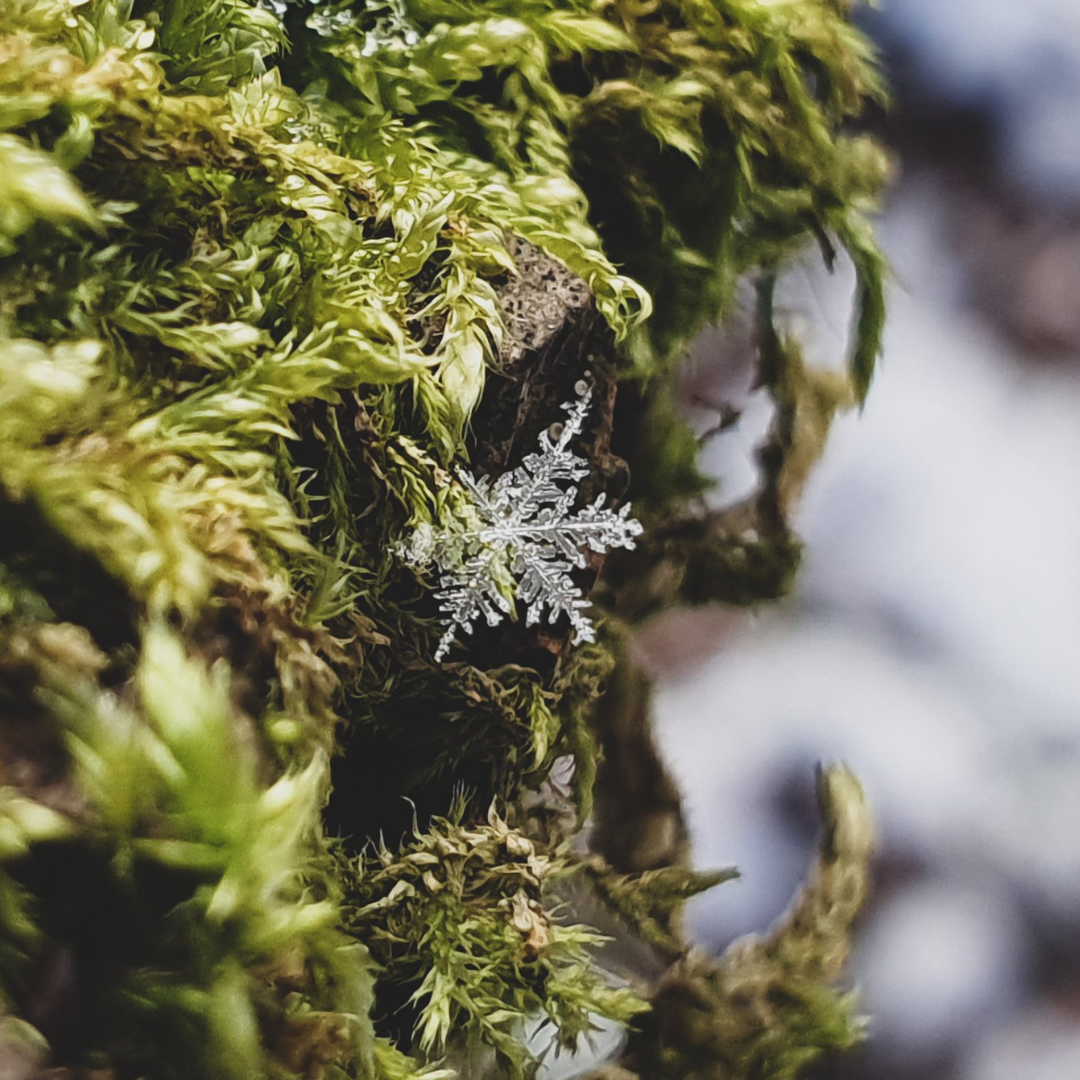
How will climate change affect British winters?
Spells of severe winter weather are still possible in our current climate, such as happened in December 2022, but there is a clear downward trend in the number of such events. Overall, 2022 was one of the least snowy years on record when compared to the last 60 years.
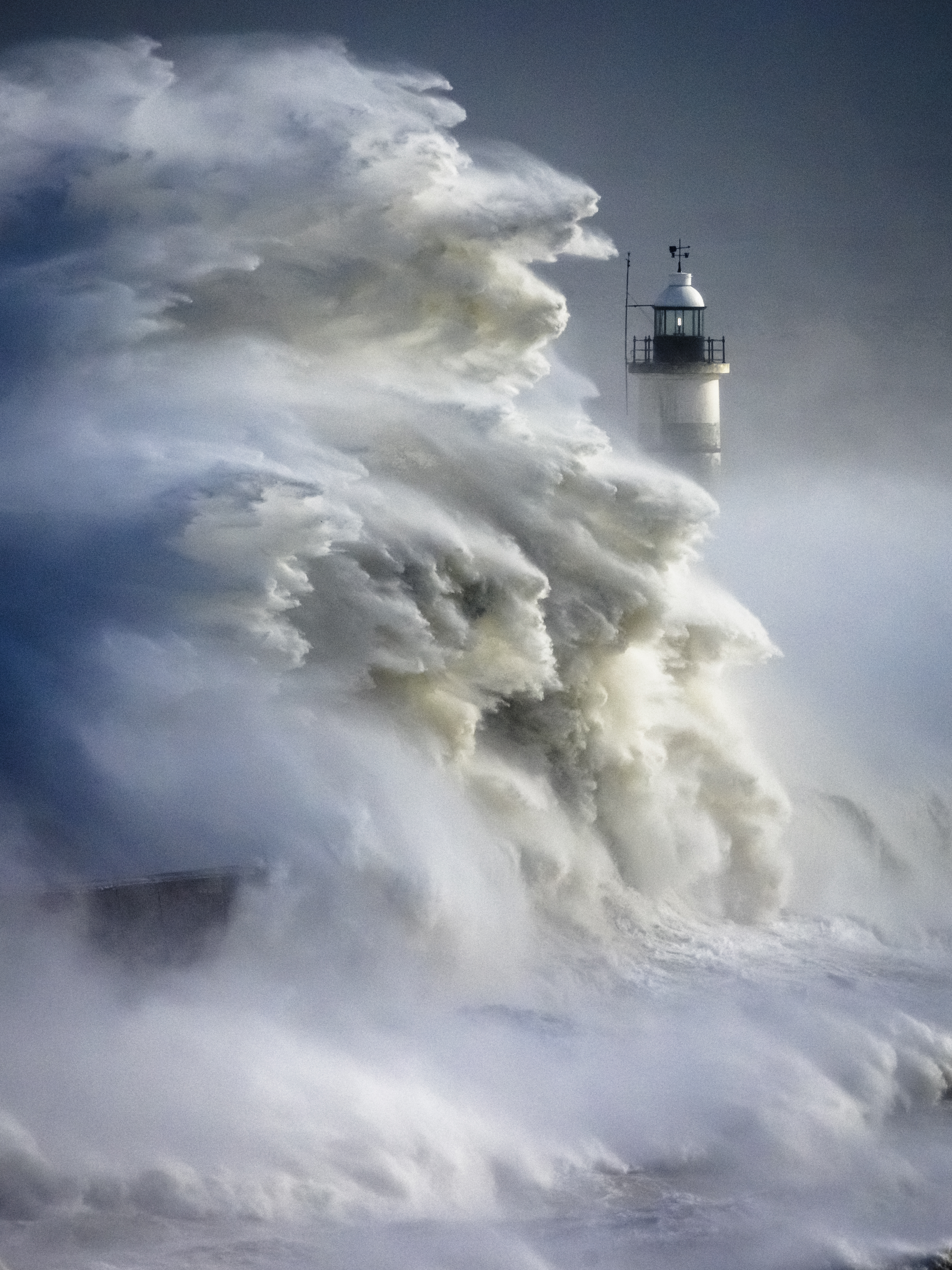
Royal Meteorological Society Weather Photographer of the Year 2022 title winner
As well as warmer winters, the future looks wetter too. Since 2009, the UK has had its wettest February, April, June, November and December on record in a monthly series from 1836 – 5 of 12 months – as well as its two wettest winters. This marked increase in winter rainfall was often accompanied by strong winds. Five named storms affected the UK during January and February 2022, including Storm Eunice.
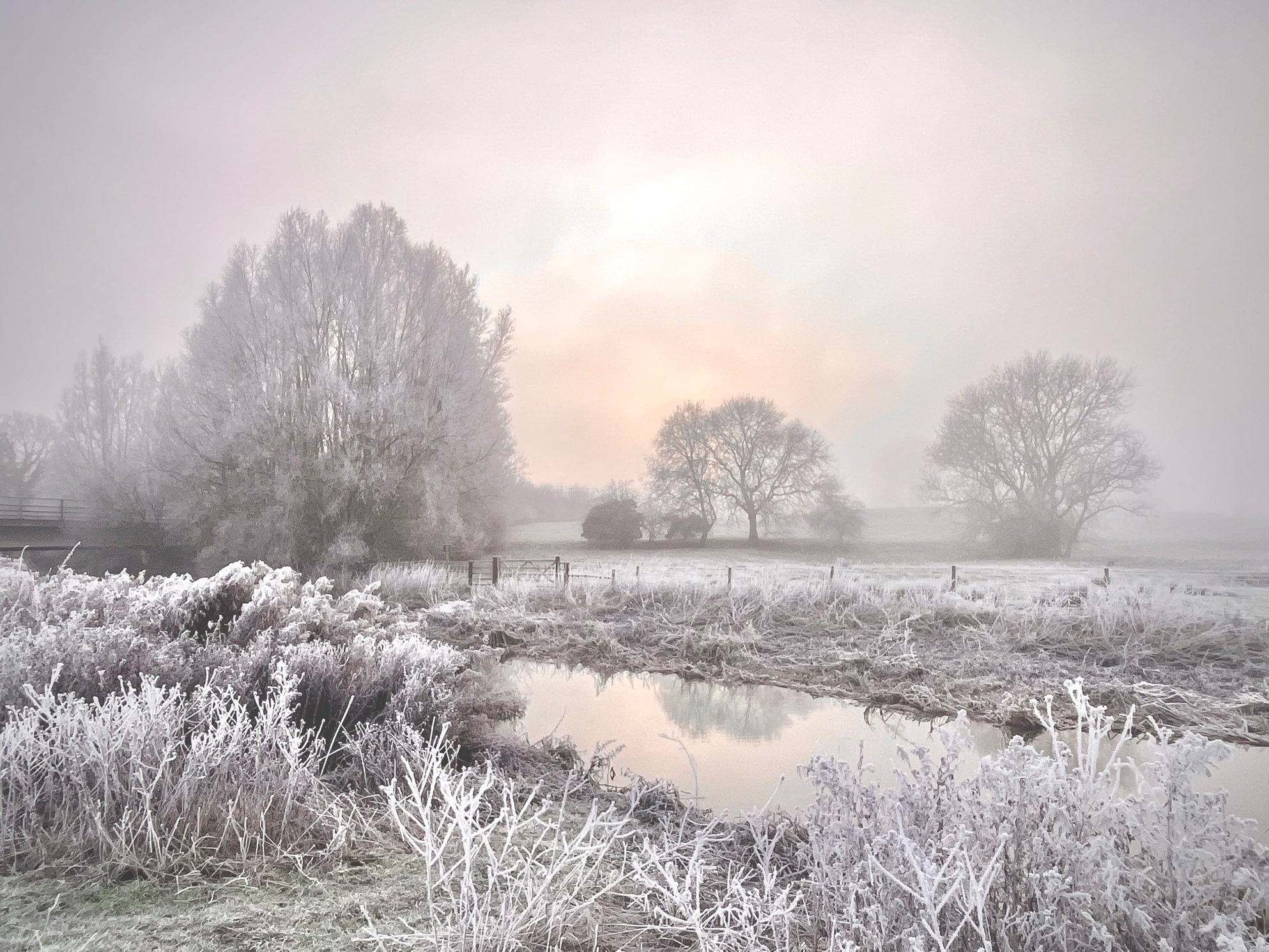
Climate change has led to warmer coastal waters around the UK, less frost and snow, and shorter, less frequent cold spells. Our future winters will be milder, wetter and windier, and that means fewer opportunities to capture a beautiful winter wonderland.
Standard Chartered Weather Photographer of the Year shortlist
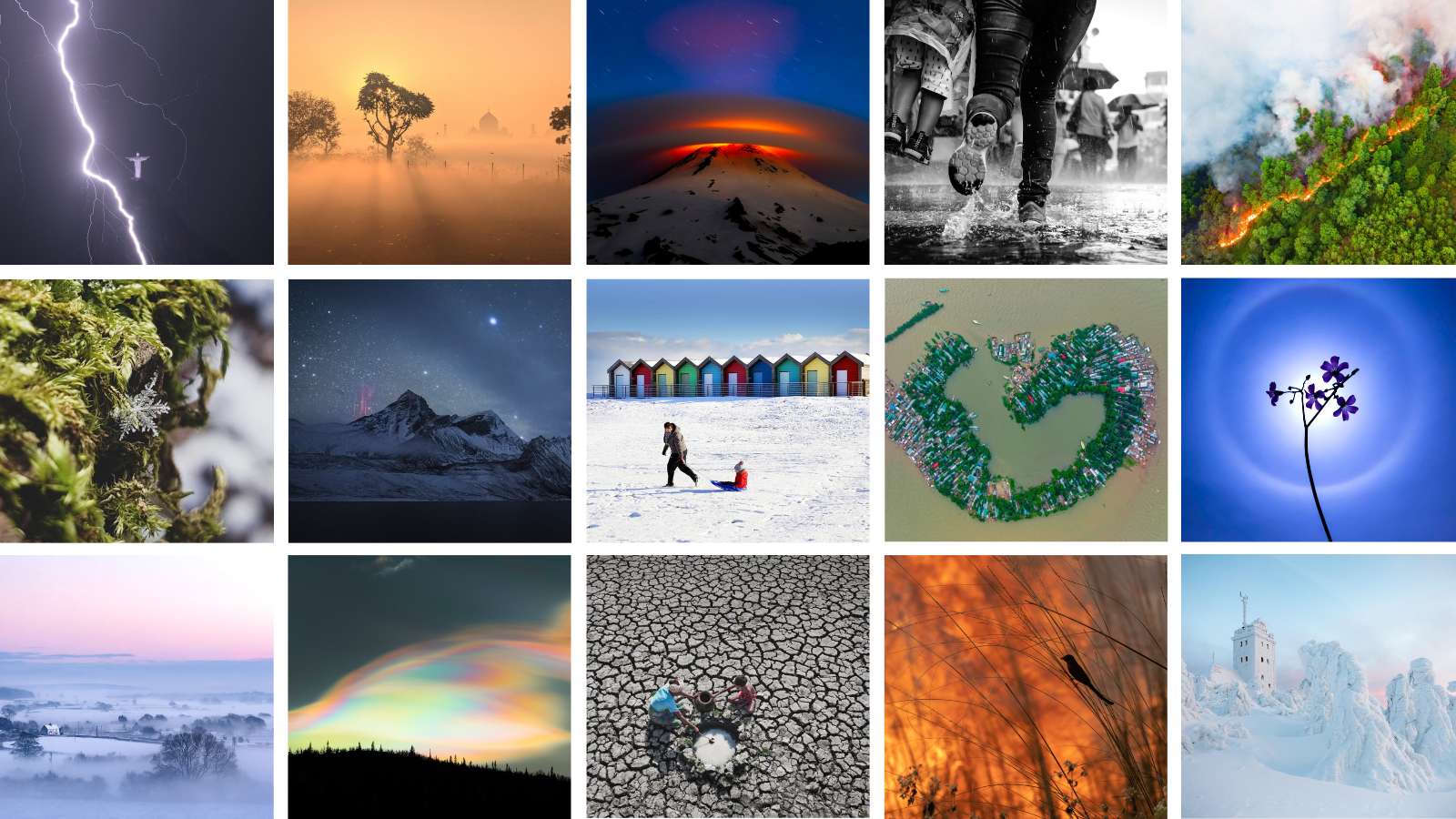
The public vote for the 2023 Standard Chartered Weather Photographer of the Year competition closes soon! Now in its eighth year, the competition is a window to the vastly different climates experienced across the world and provides an international platform to highlight global weather events.
The 2023 competition showcases some of the world’s most striking weather phenomena, alongside images that narrate compelling stories about the impacts of climate change. Highlights include rare red sprite lightning, dramatic tornadoes and cloud formations, ice-covered landscapes, flood-filled streets, dry riverbeds and deadly forest fires. The shortlisted images, from photographers across 94 countries, emphasise the beauty and fragility of our weather and the urgency to limit further global warming while adapting to the changes we are already experiencing.
The Society now invites you to vote for your favourite photograph from a shortlist of the competition's finest entries. The winners of the 2023 Standard Chartered Weather Photographer of the Year competition will be announced on Thursday 5 October, after the public vote closes on 24 September.




